Among 13 hardiness zones in the United States, Zone 7 is one of them, and this zone is divided into two sub-zones (7A and 7B). Zone designation is used to select plants suitable for the climate in a particular area. Zone 7 Cool weather is a great climate for gardening. Spring comes much earlier than in cold areas but also stays, which can’t be said for hot zones. Similarly, the temperature freezes in autumn and decreases for a long time without sinking below. Check out the Zone 7 Gardening Guide below.
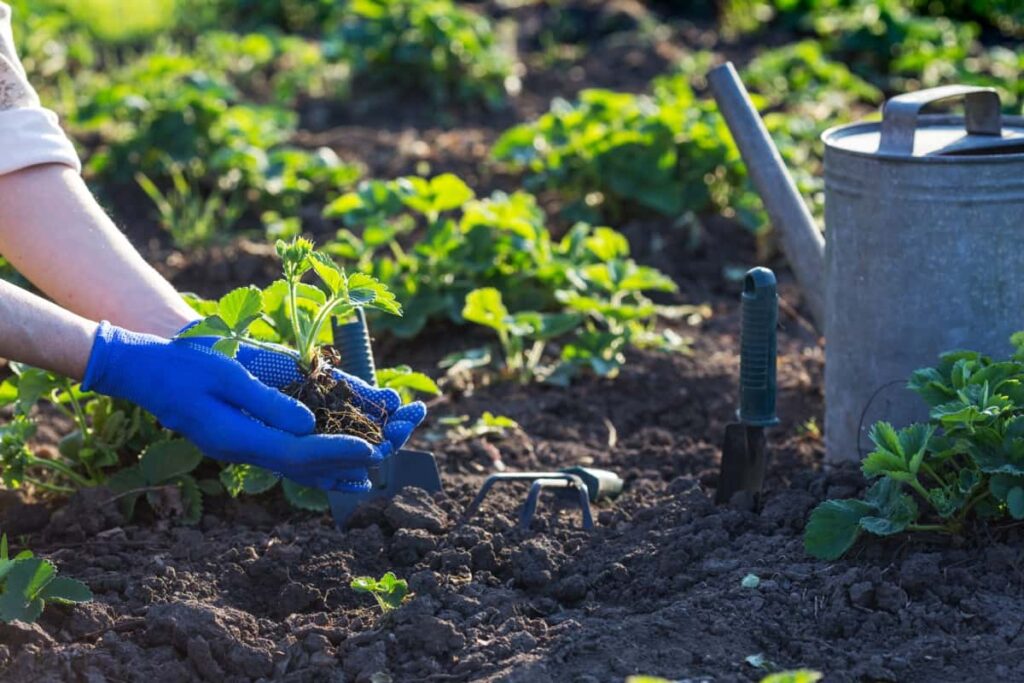
In Zone 7, some vegetables succeed in cool temperatures and will only grow in the cold spring and autumn months. In addition, some vegetables can tolerate frost, meaning they can be easily grown outside even when other plants can’t. The average minimum temperature determines zones during the winter months. A difference of 10°F separates each zone’s temperature. Each subzone is separated from 5°F.
The minimum average temperature in the overall zone 7 is 0°F to 10°F. The minimum average temperature of subzone 7A is 0°F to 5°F. The minimum average temperature of subzone 7B is 5°F to 10°F. These temperatures sometimes stay within that range. However, there may be a cooler temperature. The areas of rigidity are the axis around these minimum average degrees. Like other zones, Zone 7 has first and final frost dates. However, these are not set in stone and are sometimes off the mark.
- Date of Last Frost – The middle of April is the period for Zone 7, although there are frosts until the first weekend in May.
- Date of First Frost – The middle of October is the benchmark for the first frost, but it’s as late as the first week in November.
Zone 7 Gardening Guide
- Provide shade during the hottest parts of the day by either planting crops properly where shade is naturally supplied or by adding queue covers.
- However, during the cold seasons of the year, you can still grow hearty crops using a greenhouse or cold frame.
- Please pay attention to your frost dates to assess when you should plant cold-weather crops and give them the right time to reach your full potential at harvest time. Remember these few tips, and you should start your gardening year great.
Fruits for Zone 7
| Apple | Plums |
| Cherry | Pecan |
| Peach | Black walnut |
| Pear |
In case you missed it: How to Grow Custard Apple in Pots: Soil, Propagation, Planting, and Care
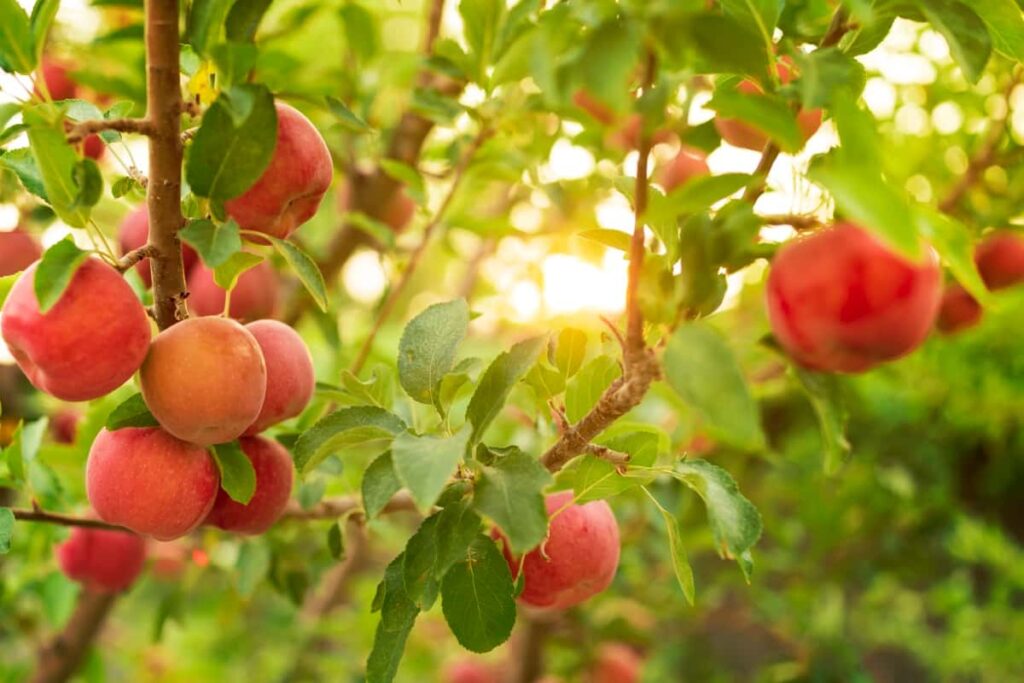
Berry Patch: Berries that Grow Well in Zone 7
- Elderberry
- Blackberry
- Blueberry
- Raspberry
- Strawberry
Vegetables for Zone 7
When planting a garden in Zone 7, remember that you can start a nursery indoors before the first frost. It increases the growing season and allows you to apply vegetables like Broccoli and carrots once in the spring and late summer.
Cool-weather Vegetables
Zone 7 Cool weather is a great climate for gardening. Spring comes much earlier than in cold areas but also stays, which can’t be said for hot zones. Similarly, the temperature freezes in autumn and decreases for a long time without sinking below. So, in Zone 7, these vegetable plants can be sewn directly to the garden for spring around February 15. Then, they can be resown for the crop that falls around August 1.
| Broccoli | Arugula |
| Kale | Pea |
| Spinach | Parsnips |
| Beet | Radish |
| Carrot | Turnips |
In case you missed it: How to Earn Excellent Income Returns with Commercial Vertical Farming
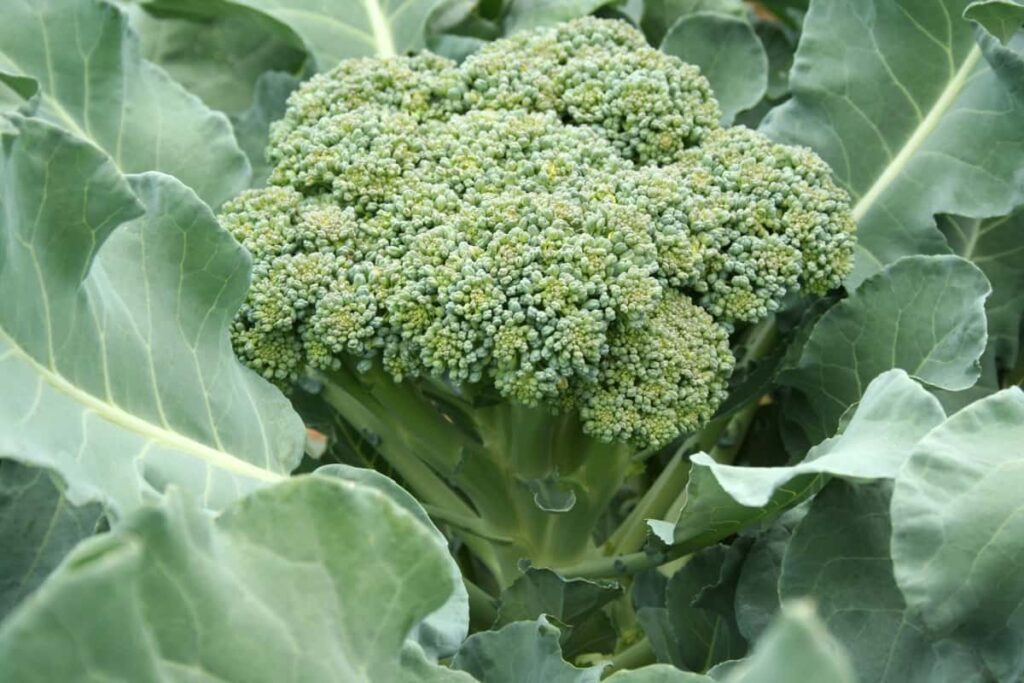
Hot Weather Vegetables for Zone 7 Gardening
| Start these seeds indoors several weeks before April 15 | Sown seeds directly in the ground after April 15 |
| Tomato | Beans |
| Eggplants | Cucumber |
| Melons | Squash |
| Pepper |
In case you missed it: Zone 8 Gardening: For Vegetables, Fruits, Herbs, Flowers, and Month-to-Month Garden Calendar
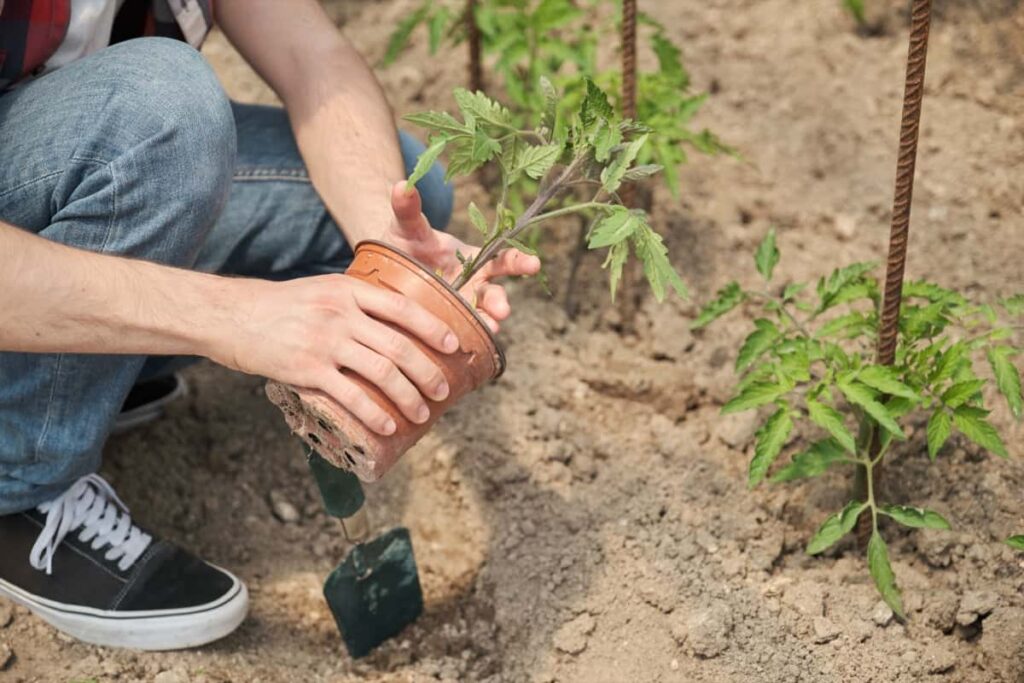
Herbs for Zone 7
| Chives | Mint |
| Rosemary | Parsley |
| Sage | Cilantro |
| Thyme | Oregano |
| Basil |
In case you missed it: Best Organic Fertilizers to Feed Indoor Plants: Homemade and Natural Recipes
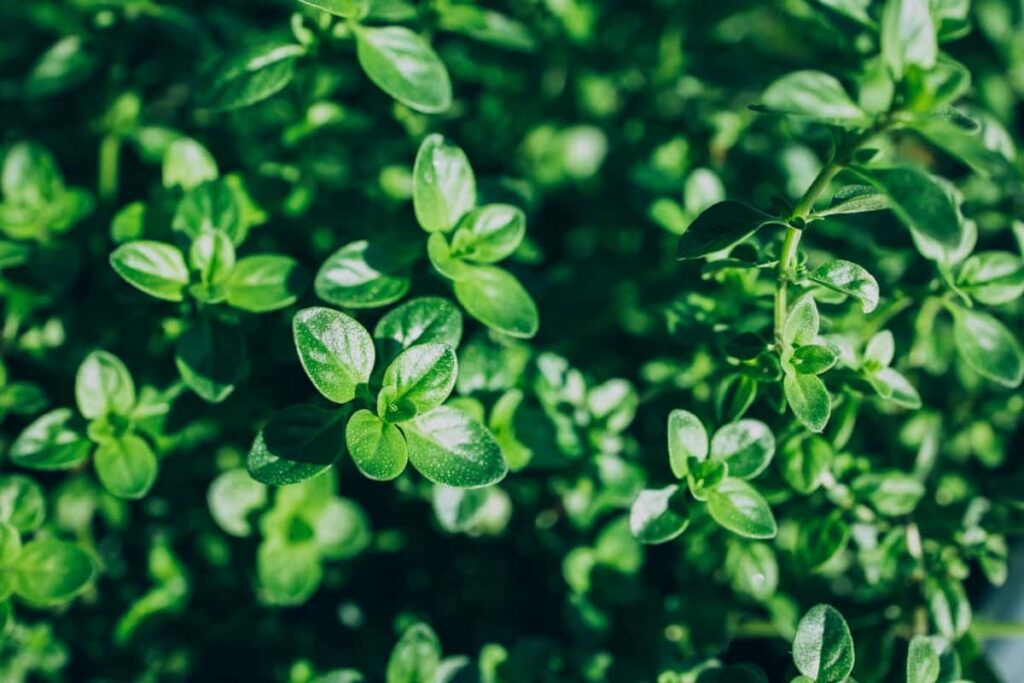
Broad-Leaf Evergreens for Zone 7 Region
Usually, growing evergreen trees in Zone 7 can include flowers, and there is no need to have traditional narrow-leaf patterns. Nothing is as beautiful as a magnolia tree in bloom. South Magnolia grows well in Zone 7.
- Tea olive tree
- American Holly
- Fatsia Japonica
- Bay laurel
- Madrone tree
- Evergreen Dogwood
Flowers for Zone 7
Wait till after April 15 to plant new roses. This is the best time to plant the Caladiums and Snapdragons. Then, start planting summer flower bulbs in April, like Gladioli and Dahlia, in groups every few weeks. It translates into a long opening season.
In case you missed it: How to Grow Marigold at Home in the USA: From Seeds and Cuttings in the Backyard, and Pots
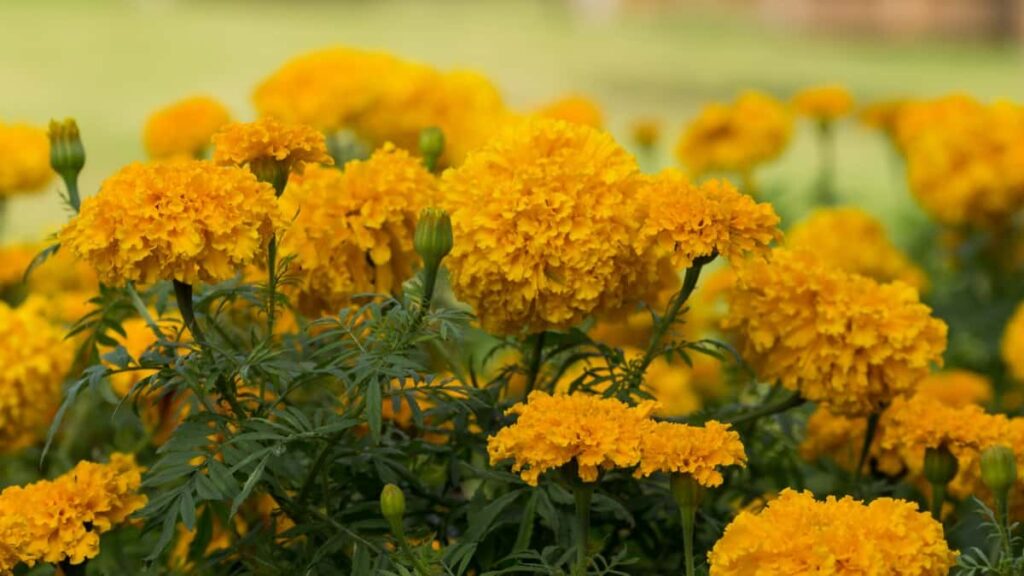
Annual Flowers for Zone 7
There are annual plants that complete an entire life cycle in the same season. There are hundreds of annual fits to grow in Zone 7, as the growing seasons are relatively long, and summer is not punishing. Almost any annual can be grown successfully in Zone 7.
| Marigold | Sunflower |
| Ageratum | Zinnia |
| Lantana | Coleus |
| Impatiens | Petunia |
| Gazania | Bacopa |
Perennial Flowers
| Black-eyed Susan | Lavender |
| Hosta | Bleeding heart |
| Salvia | Hollyhock |
| Butterfly weed | Phlox |
| Shasta daisy |
Month-to-Month Calendar for Zone 7
January
- Make strategies for the garden of the coming seasons. Start carpentry projects like cold frame, trellis, and indoor lighting setup.
- Collect all seed-starting equipment together. You will require lights, Heat mats, a sterile medium, and the type of pot or container you like. Wash and sterilize seed-starting containers.
- Save the garden records in the new year’s resolutions list. Note which flowers and vegetables perform well and which perform poorly in your garden.
- Start seeds inside for Broccoli, Cabbage, Cauliflower, Celery, Lettuce, Onion, and Parsley. By the end of the month, too many perennial flowers should be started inside.
February
- Plant Peas, Potatoes, and Parsley directly into the garden at the end of the month.
- Sow the Nigella, Poppy, and Larkspur seeds to get a few weeks of cool temperatures that will help them grow.
- Harden the Brassica seedlings prepared outside in a cold frame. At the end of the month, they are planted in the garden under a low-level plastic tunnel.
- If you still need to do it, now is a great time to sort out your fruit trees, berry bushes, and other wooden decorations on your property. You want to complete it while still inactive and before spring development begins.
March
- Longer days and short nights will trigger your home plants to grow again.
- Start transplanting indoors of Tomato, Pepper, and Eggplant and try to get it done by the 15th.
- By the end of this month, you should start the process of transplants outside your onions, parsley, and any other cold-weather crops that are at least five weeks old. Choose smaller than large cole crops like Broccoli, Cauliflower, Cabbage, and Brussels sprouts.
- In the middle of this month, remove the winter guard from any perennial you have, and pull the mulch back from Strawberry and Asparagus beds so they can push easily.
- Sidedress your asparagus with soft, natural, nitrogen fertilizer.
- Compost Grapes, Raspberries, and Blueberries before growth resumes.
- The Raspberry canes that will produce this year’s crop should be sorted back from 1/4 before their growth resumes. Last year fruit cane should have been cut to the ground after harvesting last year, but if not, do so now.
April
- The garden needs about an inch of rain every week from April to September.
- Sow annual flower seeds like Calendula, Clarkia, Larkspur, California poppy, and Sweet Peas.
- You can sow Beetroot, Carrot, Chard, Kohlrabi, Cabbage, Mustard, Collard, Turnip, Radish, Spinach, Onion sets, and Onion seeds directly in the garden.
- Continue sowing vegetable seeds of Beetroot, Carrot, Chard, Kohlrabi, Lettuce, Mustard, Onion sets, Parsnips, Peas, Potatoes, Radish, Spinach, and Turnip outside.
- Most plants must be composted every three years and only at this time of year—mulch 6 inches of straw with Potatoes.
May
- This month also, you can start seeds indoors of okra, Pumpkin, Cucumber, summer and Winter squash, and Melon. Sow vine crops in individual pots because they do not transplant well if the roots are troubled.
- Sow seeds of Beans, Pumpkin, Sweet corn, and Watermelon outside. By this month’s end, transplanting almost everything outside should be safe. House plants can also be moved to a shady spot in the courtyard for summer vacations.
- Freshly transplanted vegetable plants should be protected from collared cutworms.
June
- Starting this month is a great time to take softwood cutting of shrubs to start new plants. Keep watch on the quality of your spring crops.
- Flower-ending rot on Tomatoes, Peppers, Squash, and Watermelons can be prevented in most cases. Do this by maintaining the soil moisture uniformly through mulching and water, planting in well-drained soil, and cultivating no deeper than an inch within a foot of the plant. Also, avoid using more nitrogen fertilizers.
- Continue planting direct seeds of hot-weather vegetable crops like Beans, Summer squash, and Cucumbers.
- Compost the rose after the initial flush of flowers fades.
July
- Now start the seeds indoors to headline Cole crops for your fall garden. From late July to August, Radish, Carrots, Beetroot, Turnip, and Kale, Sow straight to the garden.
- See your tomato plant leaves for symptoms of leaf site diseases.
- Keep deadheading flowers as needed to prolong the opening season.
- This month, Seeds can be sown for some late crops like Beetroot, Bush beans, Carrots, Chard, summer spinach, Cucumber, and Summer squash. Cover with potting soil, which will not have the same chance of a paste and cracking. To catch the humidity, shelter the rows with a very delicate pattern of mulch or floating row cover cloth. Control mosquitoes by removing all sources of stagnant water.
August
- Sow the peas for the fall crop from the middle of August to the end.
- Finish starting seeds inside for falling crops like Brussels sprouts and other headline brassicas.
- Ordering and planting spring flower bulbs for next year’s early flower exhibition is best.
- Seeds can be resown for a late crop of Lettuce, Mustard greens, Swiss chard, and Spinach in the part shade of tall plants.
September
- Continue planting Spinach, Lettuce, Radish, Arugula, Asian green, Kale, and collard.
- Continue your check for insects; especially Bean beetles can make a second strong one to show this time of year.
- House plants vacationing in the backyard this summer should be brought in by the middle of the month. Please give them a good explosion of water everywhere before bringing them in to help remove freeloading insects. Insects in the soil may not be harmful but are more problematic when brought indoors. After this initiative, inspect your plants daily for any emerging insects for the first few weeks and treat them as needed.
- As a common rule, many fibrous perennials should be transplanted every 3 to 5 years. Autumn is the best time to distribute and transplant flowering plants in spring. Pumpkins, Summer squash, are to be stored before the first frost.
- Plant cold-weather vegetables with Radish, Lettuce, Cabbage, Chard, Spinach, Broccoli, and other cold crops, such as Parsnips, Peas, Brussels sprouts, and kale, have increased taste after frost.
- Fall is a good time to improve your garden soil. Add fertilizer, fertilizer, and leaves to enhance organic material content. Wood ash contains phosphorus, potassium, and calcium. They can be spread in the vegetable garden and flower beds. This top dressing will feed in the soil all winter.
October
- Apply spring flower bulbs like Tulips, Daffodils, Hyacinths, and Crocus. Place wires on the ground on newly installed bulbs to prevent animals from digging.
- Collect the soil samples for testing to formulate for fertilization of lawns, vegetable gardens, bush borders, and flowering next year. A shady lawn area on the slope should be a different pattern from a sunny lawn area. Now dig out and distribute spring and summer flowers.
- Protect seeds from marigolds by allowing flower heads to mature.
- Keep a note of any productive or unsatisfactory varieties of vegetables, fruits, and flowers that you have planted this year.
November
- Cole crops like Brussels sprouts, Cabbage, Broccoli, Collard, and Kale are made sweet with frost, so harvest them as long as possible.
- Instead of harvesting less hard late-season crops, could you leave them in the garden? Some late-season crops are Carrots, Beetroot, Turnip, winter radishes, Chard, Chinese cabbage, and Leaf lettuce.
- Spread the Manure, Rotten straw, and Chopped leaves over the garden and plough under them. You will be amazed at the change this organic matter will make in the earth’s fertility, anatomy, and water-keeping capacity.
December
- Clean all the garden tools with a wire brush and apply a light coat of oil to protect them from rusting. Clean and sharpen the blades of harvest tools.
- Avoid rock salt; calcium chloride or potassium chloride products cause less harm to plants.
- They are revising and expanding your garden notes to help with next year’s projects. Spread mulch on beds where crops will grow in early spring.
Conclusion
With proper plan and little care, you can start growing vegetables , herbs, fruits and flowers in Zone 7.
- Profitable Village Farming Business Ideas in 2024
- High-Yield Aquaculture: Fast-Growing Fish for Farming
- Effective Fish Pond Construction Techniques for Beginners
- Irrigation and Water Management in Pineapple Farming
- Blossom to Harvest: Mastering Flowering and Pollination in Papaya Farming
- Pig Fattening Essentials: From Selection to Sale for Beginners
- Raising Wagyu Cattle: A Complete Guide for Premium Beef Production
- Soil Types and Their Water Holding Capacity
- Optimizing Irrigation Schedules for Coconut Groves for Enhanced Yield
- Espresso Your Garden: Coffee Grounds for Healthier Acid-Loving Plants
- The Best Soil Mix for Snake Plants: How to Mix Your Own Snake Plant Soil
- Green Thumb Success: Expert Tips for Cultivating Greenhouse Beans All Year Round
- Bloom All Year Round: The Ultimate Guide to Indoor Hyacinth Care
- Eco-Friendly Gardening: How to Make Liquid Fertilizer from Kitchen Waste
- Ultimate Guide to Grow Anise in Pots: Explore Seed Propagation to Harvesting
- Guide to Raising Chester White Pigs: Discover Breed Facts to Growth Management
- Mastering the Elegance: The Ultimate Guide to Weeping Cherry Tree Care, Planting, and Maintenance
- Ultimate Guide to Planting Garlic in Grow Bags: Growing Strategies for Beginners
- How to Fix Spider Plant Leaf-Related Problems: Natural and Organic Remedies
- 10 Reasons Why Your Tulsi Plant is Shedding Leaves: Home Remedies and Solutions
- Optimizing Growth and Yield: The Advantages of Palm Bunch Ash Fertilizer
- Utilizing Neem Oil Extract as a Natural Pesticide for Hydrangea
- From Soil to Harvest: Various Ways in Which Farmers Can Use AI Tools
- Steps to Encourage and Induce Citrus Flowers: A Comprehensive Guide
- How to Fix Snake Plant Leaf-Related Issues: Natural and Organic Remedies
- Transform Your Garden into a Fragrant Oasis with Raat Ki Rani (Night Blooming Jasmine)
- Discover the Ideal Chicken Breeds for Philippine Farms
- How to Create a Poultry Egg Farm Business Plan for Profits
- Grow Lemon Cucumbers Like a Pro: Insider Techniques for Bountiful Yields
- Ultimate Guide to Caring for Your Pink Princess Philodendron: Tips for Thriving Variegation
- Areca Nut Profit Per Acre: Calculating Yield and Cost of Cultivation
- How Kaveri Chicken is Becoming a More Profitable Breed in Indian Backyards
- Transform Your Barn: 9 Steps to Convert a Horse Stall into a Chicken Coop
- Exploring Suffolk Sheep Disadvantages with Limitations and Challenges
- Guide to Solving Potted Lemon Tree Problems: How to Revive Lemon Tree in Containers
- Steps to Encourage Female Pumpkin Flowers: Best Strategies for More Flowers and High Yields
